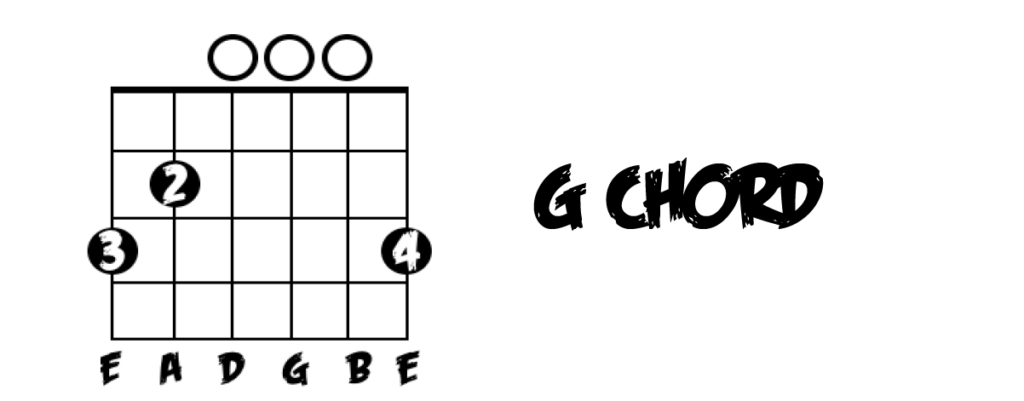Over the last few weeks, you learned how to play the most popular chord progression of all-time on the guitar: The I IV V chord progression. Then, we taught you how to play a common variation, the I V IV chord progression. Combined, those are the two most common chord progressions in all genres of music including blues, country, pop, jazz, rock, and even classical.
Today, you’re going to learn how to “toughen up” your chord progressions with the bVII chord. As always, feel free to skip the technical details and jump straight to the video lesson, guitar tab, and free backing track. On the other hand, reading through the entire lesson will help you learn more about musical theory, improve your appreciation for the art of rock rhythm guitar, and jumpstart your songwriting skills.
What’s a Flat Seven Chord?
Chord progressions are derived from scales. If you’ve been following this blog, then you know the major scale is the most common scale in the world. When you harmonize the notes of the A major scale, you get the following chords:
When you harmonize the major scale, you get a diminished chord on the seventh degree. In the key of A, you get a G # diminished chord. Unless you play jazz music, you won’t be playing the diminished chord very much, especially not in your basic blues-based rock band. Instead, you’re going to lower that chord by a half-step—one fret on the guitar—and turn it into a major chord. Bye-bye, wimpy sounding diminished chord. Hello, mean sounding flat seven chord. In the key of A, that’s a G major chord.
How Do I Play the G Major Chord on the Guitar?
The G major chord contains the first, third, and fifth-degree of the G major scale. Those notes are G, B, & D. This chord is one of the most popular chords in rock. The most common voicing of this chord is in the open position. An open position chord is any chord that uses open strings.

When you’re reading this chord diagram, keep in mind:
- The right line represents the skinny, high E-string.
- The left line represents the thick, low E-string.
- The shaded line at the top represents the nut.
- The horizontal lines represent the frets.
- The dots represent where you put your fingers.
- The circles represent open strings.
- The X means don’t play that string.
Why Does the G Chord Sound So Cool in the Key of A?
The I bVII IV chord progression is popular in all styles of music. The flat seven chord has a bluesy, hard-edged sound, that “toughens up” your basic I IV V chord progressions. It’s been used in classic rock songs like “Gloria” by Them, “Taking Care of Business” by Bachman Turner Overdrive, and “Symphony for the Devil” by the Rolling Stones.
Remember, the virtuous circle of guitar: the more you practice, the better you get. The better you get, the more you practice. You can contact us on the Rock Dojo Facebook page if you have any questions!
Free Backing Track Provided by Band-in-a-Box
Click on the play button below to jam along with the free guitar backing track. This guitar backing track for kids is provided by Band-in-a-Box, an incredibly powerful backing track generator! Learn more at Band-in-a-Box.
GET A BLACK BELT IN ROCK!
The Rock Dojo offers award-winning, introductory-level guitar lessons for kids after-school in Portland, Beaverton, Hillsboro, and Lake Oswego. You can check out the Rock Dojo FAQs to learn how our colored-belt systems works (hint: it’s like karate. As your students improve on the guitar, they graduate belt levels just like the martial arts). Do you have a specific question about our guitar lessons for kids? Drop us a line at (503) 484-6417 or contact us on the Rock Dojo Facebook page.






